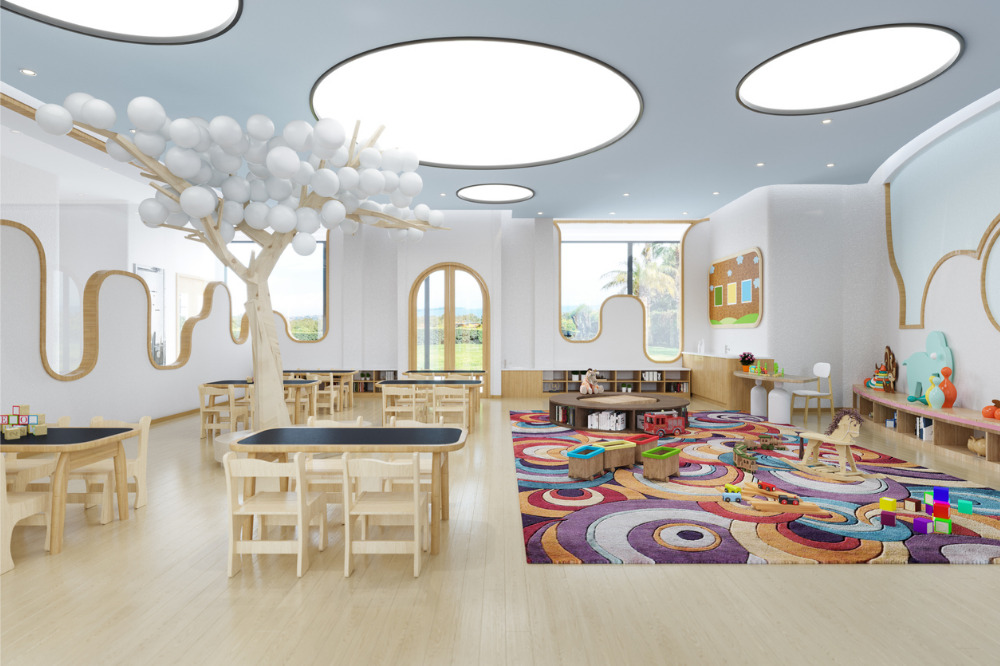
The University of Melbourne’s Learning Environments Applied Research Network (LEaRN) says the assumption that there is a need to return to traditional siloed classrooms is “misguided.”
School designs designed to cater to varied teaching and learning activities and diverse student needs are required, LEaRN said in a recent media release.
The statement comes after reports of New South Wales and Victorian governments planning to stop building open-plan classrooms largely due to poor acoustic conditions.
According to LEaRN, flexible classroom designs known as innovative or flexible learning spaces should not be confused with either traditional or fully open-plan designs.
In a 2021 survey conducted by LEaRN to over 800 schools, a quarter of primary and secondary school spaces in Australia and New Zealand are flexible in their design, while the rest are largely traditional classrooms.
Out of the flexible spaces, 14% may be identified as tending towards open-plan, LEaRN said. Meanwhile, the others are hybrid designs which offer a combination of enclosable classrooms, collaborative settings, and smaller spaces.
LEaRN also noted that half of teacher participants in another survey said that flexible spaces are their preferred option for teaching and as spaces where students “learn well across the school curriculum.”
LEaRN said evidence shows that such spaces have a “positive impact” including an increase in student engagement and deep learning skills, as compared to more traditional spaces.
“Well-designed flexible spaces offer more opportunity for differentiated instructions, including targeted explicit instruction to meet the needs of specific student groups,” LEaRN said.
The group also stressed that decisions about the future of school designs should be based on quality information covering a “broad view of the types of teaching, learning, and pastoral care activities” in schools.
“While further evidence of the impact on students of flexible spaces is needed, there is also a lack of evidence that traditional designs are any better,” LEaRN said.


